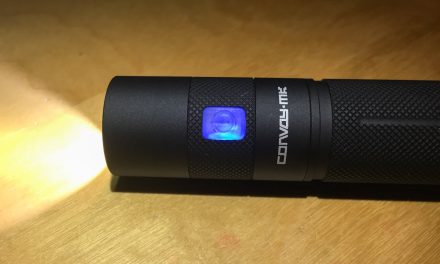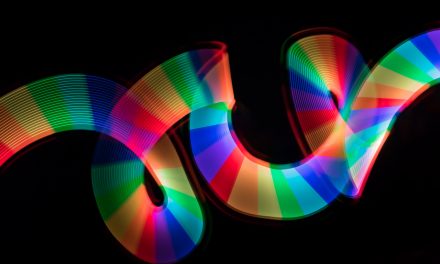
Flashlight Review: KDLITKER E6 Triple XP-E2

There are not many flashlights/torches available with multiple colour LED options. The RGBW Ledlenser P7QC is the most well known light in this category, but rather expensive. The KDLITKER E6 is a lower cost, and built to order alternative from Kaidomain. Let’s see how it compares…
Disclaimer
The KDLITKER E6 was purchased by myself from Kaidomain.
Product Link: http://kaidomain.com/Led-Flashlights/RGB-Flashlights/KDLITKER-E6-w-Triple-Cree-XP-E2-3V-9V-P60-Style-LED-Flashlight
Construction
Until the last few years, modular P60(/D26) based flashlights were very popular with flashlight/torch enthusiasts. A P60 drop-in module (with LED and driver) could be purchased separately to the P60 flashlight host, allowing for mixing and matching of components. In recent years budget flashlights from manufacturers such as Convoy, Thorfire, and Sofirn have reduced the market share of P60 based lights, and even P60 stalwart Solarforce went out of business. However, for more specialist uses, such as coloured LEDs, high CRI, or even incandescent bulbs, P60 based lights are still a credible option.
The KDLITKER E6 is a P60 compatible host, which is available either as a host, or with a large range of P60 drop-ins. It is very solidly built for the price. For just US$25 (at the time of writing) the light arrived with a very impressive selection of accessories including lens cloth, lanyard, spare O-rings, anti-roll fitting, glow in the dark switch cap, and a canister for storing the P60 module (with custom build information printed too). The head size is 32mm, which means it will fit the Light Painting Brushes Universal Connector, and Light Painting Paradise Adapters. Optional accessions (extra cost) include a D37 diffuser, and U-shaped tripod mount. It accepts a wide range of 18650 li-ion batteries including button and flat top, protected and unprotected. There is no internal charging available, but this is expected at this price point.
Due to the modular nature of the light, the tail cap, battery tube, head, and lens retaining ring can all be unscrewed. The included P60 drop-in was already installed, and this can be removed or replaced easily be unscrewing the head.
The reviewed light included a triple Cree XP-E2 P60 drop-in module, with custom options of red, blue, royal blue, green, amber, cool white, neutral white, and warm white emitters. Maximum current is 1500mA, and each colour has low (10%) and high (100%) brightness levels. I chose the red, blue, and amber options, as I did not have any lights with blue and amber LEDs – more on that blue later!
Other P60 drop-ins with colour LEDs from Kaidomain include:
– Single XP-E2 LED, one brightness level, 2200mA current- available in far red, photo red, red, green, blue, royal blue, amber, UV, cool white, neutral white, and warm white options.
– Triple XP-E2 LEDs (of the same colour), 4 brightness levels plus 8Hz strobe, 2800mA current – available in far red, photo red, red, green, blue, royal blue, amber, cool white, neutral white, and warm white.
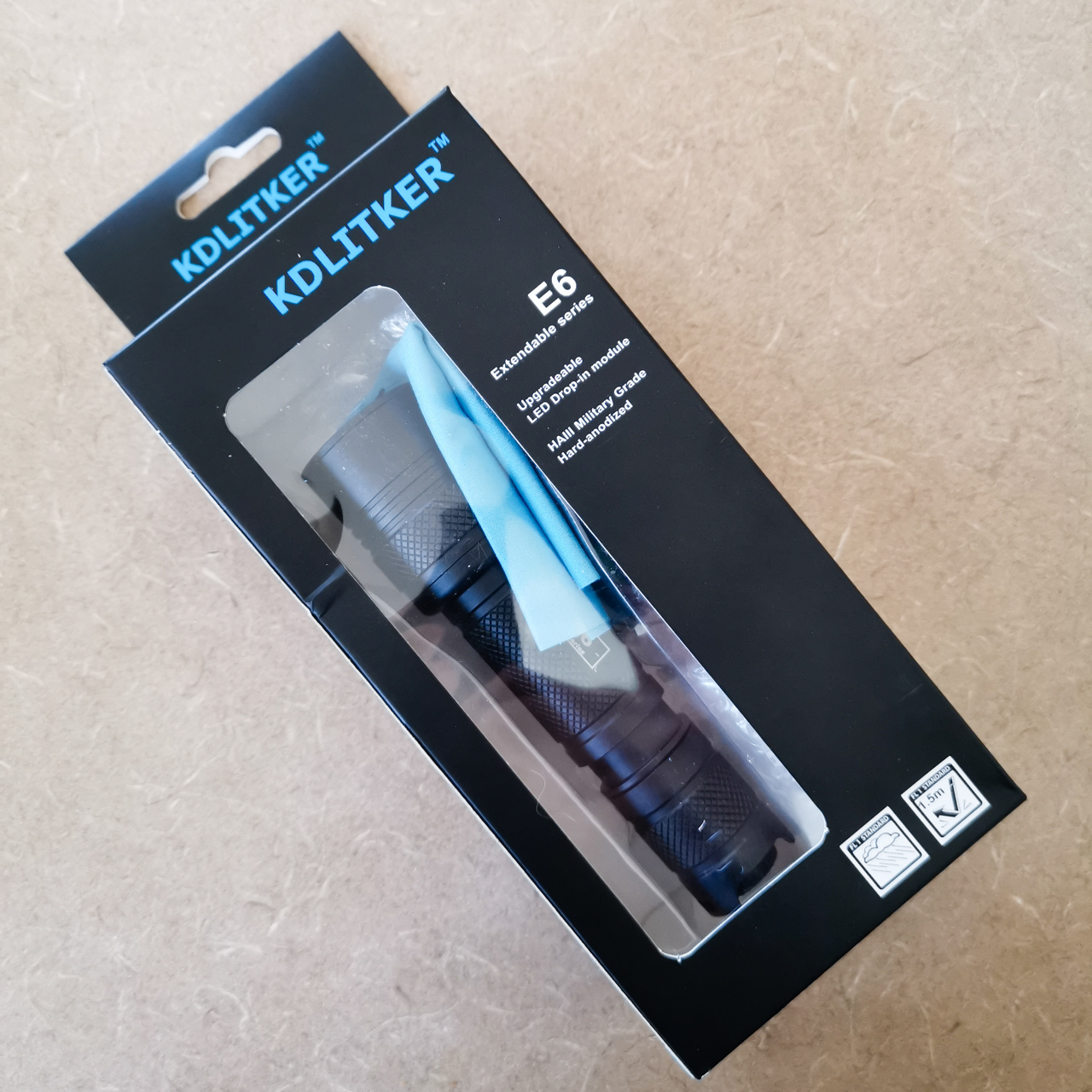
KDLITKER E6 Box

KDLITKER E6 Accessories
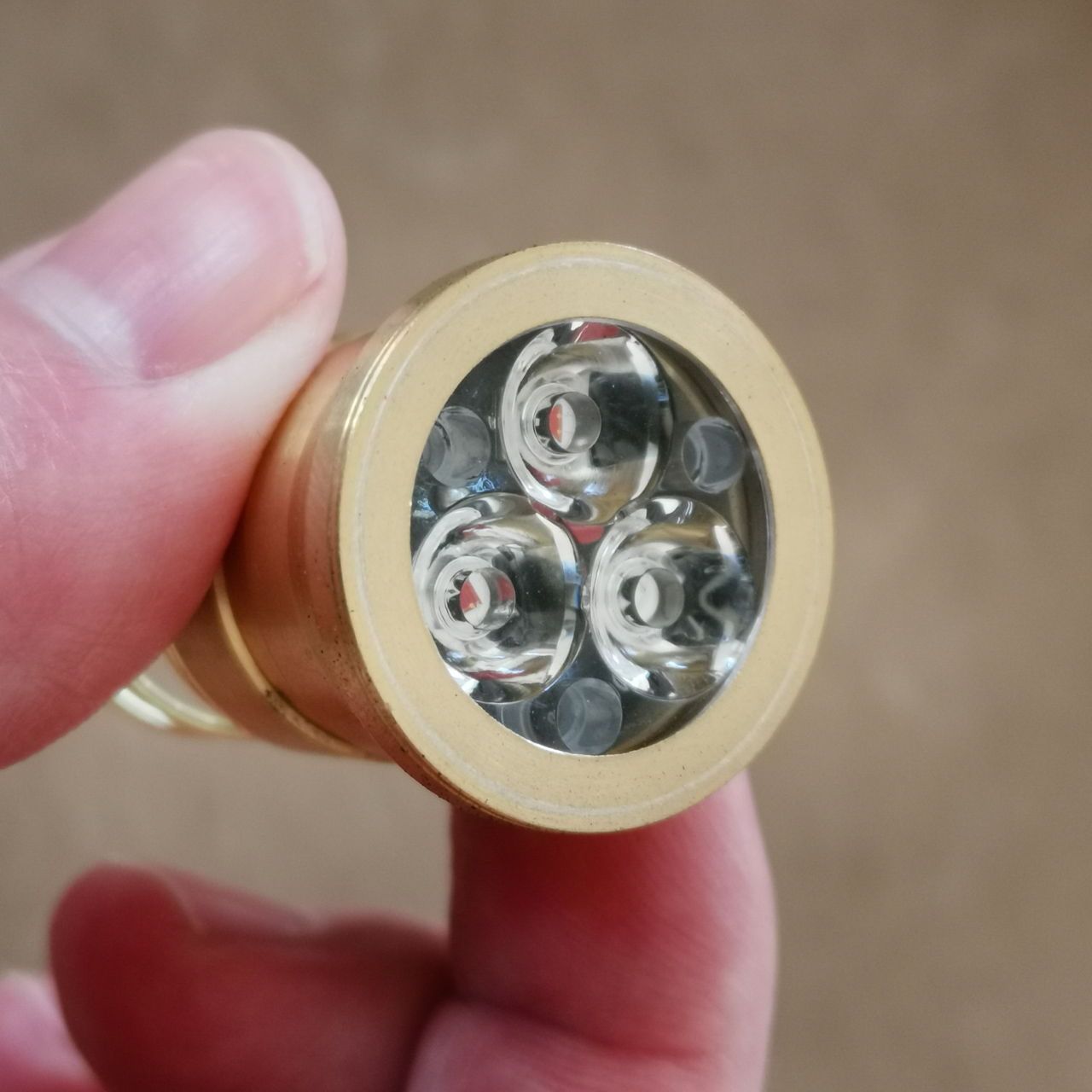
P60 drop-in module
User Interface
The light has a single tail switch, and a rather old-skool user interface. A full press of the tail switch cycles Off>Colour 1 High>Off>Colour 1 Low>Off>Colour 2 High>Off>Colour 2 Low>Off>Colour 3 High>Off>Colour 3 Low>Off. A half-press of the tail from on cycles Colour 1 High>Colour 1 Low>Colour 2 High>Colour 2 Low>Colour 3 High>Colour 3 Low. If a mode is left on for more than 3 seconds, then it is memorised for next time the light is turned on. Whilst this is generally useful, it means that if the on time is less than 3 seconds during a light painting element, then next time the light is turned on, it will move to the next mode.
There is no momentary functionality available, nor any strobe mode with the reviewed P60 drop-in. I would rate the user interface as being on a par with the Ledlenser P7QC. The P7QC has a useful twisty head to change colours, but is let down by an annoying memory timer (off for 10 seconds). The E6 has to scroll through each mode to change colours, but has a better memory timer (on for 3 seconds).
Slightly unscrewing the tail cap will mechanically lock out the light for safety. The driver also has reverse polarity detection, and low voltage detection.
It should be noted that this is not a colour mixing light, so it cannot fade between colours, or perform various colour effects. That is not the purpose of this light.
Beam and output
The light has 3 LEDs with TIR optics, all Cree XP-E2, and of a different colour. Options are red, blue, royal blue, green, amber, cool white, neutral white, and warm white emitters. The reviewed version has blue, amber, and red LEDs. The 470nm blue option has a longer wavelength than the 450nm royal blue found in the Ledlenser P7QC (note: royal blue is still an option for this light). This 470nm blue provides a much more pleasant blue for illumination purposes than 450nm royal blue, AKA forensic blue, which is almost verging on the violet end of the spectrum. The blue seems to be similar to the well regarded blue on the discontinued Coast TX100. Amber (585nm) produced a lovely saturated golden light. However, colour rendering is poor compared to warm white LEDs. Red (620nm) is at the orange end of the red spectrum, which is the norm for flashlights with red LEDs.
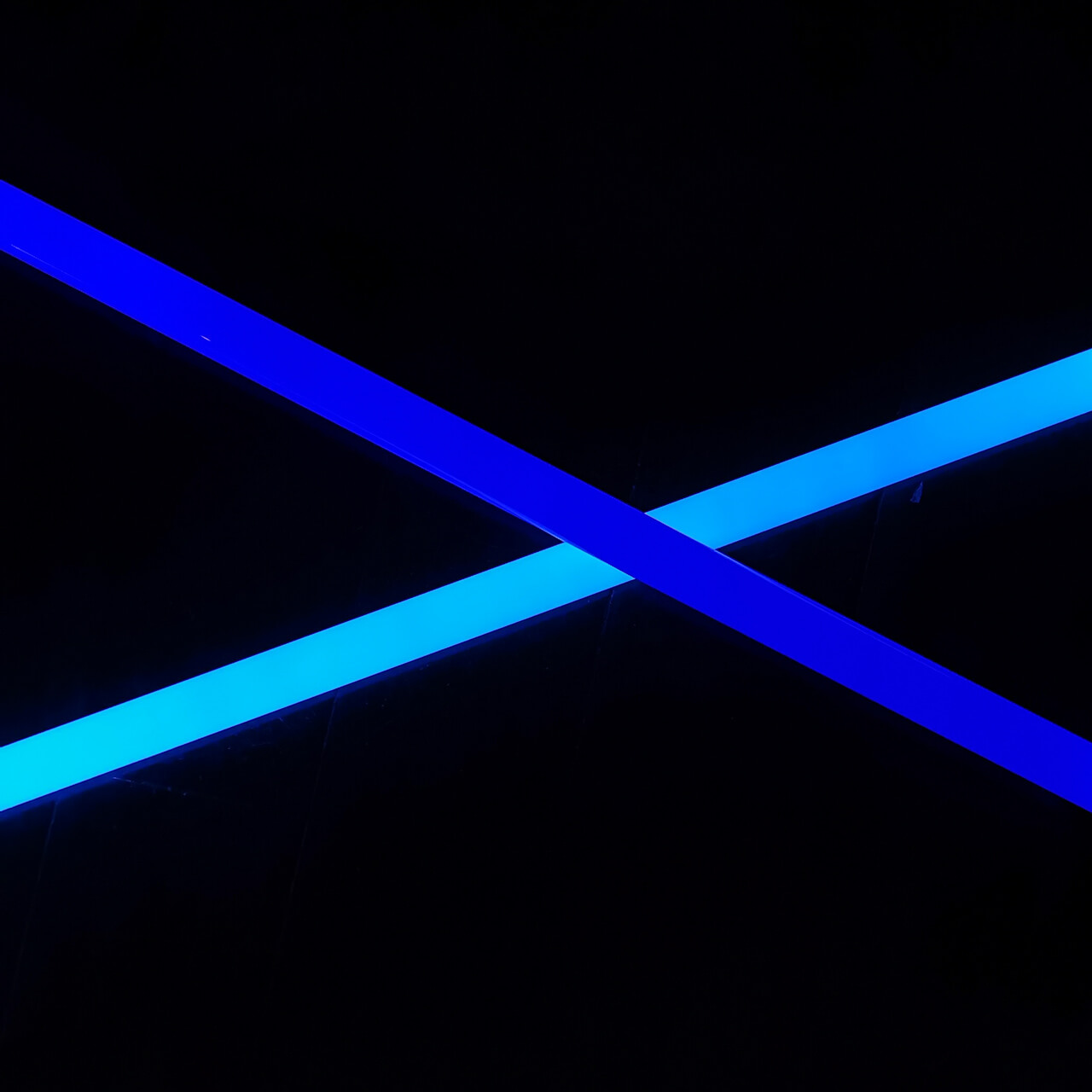
Blue (lighter) vs Royal Blue (darker)
With 1500mA current, the colour brightness is approximately 50% higher than the Ledlenser P7QC, Fitorch MR35, and original Yongnuo YN360. It is also similar in brightness to the Yongnuo YN360iii light wand, and thus bright enough to illuminate a scene or model at relatively low ISO. It is also considerably brighter than all colour mixing lights I’ve tested.
As the triple LEDs are off the central axis, the beam is (as expected) elliptical. The beam is floody with a defined hot spot. As this light is most likely to be used for illumination purposes, I would recommend adding some diffuser film such as D-C-Fix to the lens to diffuse the hotspot, but retaining high light transmittance. This can be purchased for only a few $ on flashlight enthusiast forums. I then simply remove the lens when I’m using the light with tools.
Due to the off-axis LEDs, illuminating light painting tools can be a bit hit and miss depending on the tool. A Light Painting Paradise Plexi Rod was illuminated better by this light on red (with non-diffused lens or lens removed), than using a 1200 lumen XP-L2 flashlight with red filter. This was very unexpected! With a 10mm fiber optic tool, it was the opposite.
No Pulse Width Modulation (PWM) was detected in any mode, so this light can produce nice smooth light trails.
Heat handling isn’t one of the strong points of P60/D26 lights as heat does not transfer easily from the P60 drop-in to the host. The reviewed P60 drop-in has a relatively low current of 1500mA, and thus the thermal management did not need to kick in during 10 minutes of testing. With more powerful P60 drop-ins >2000mA it is advisable to wrap some aluminium foil around the drop-in, for which there are plenty of “how to” online resources.
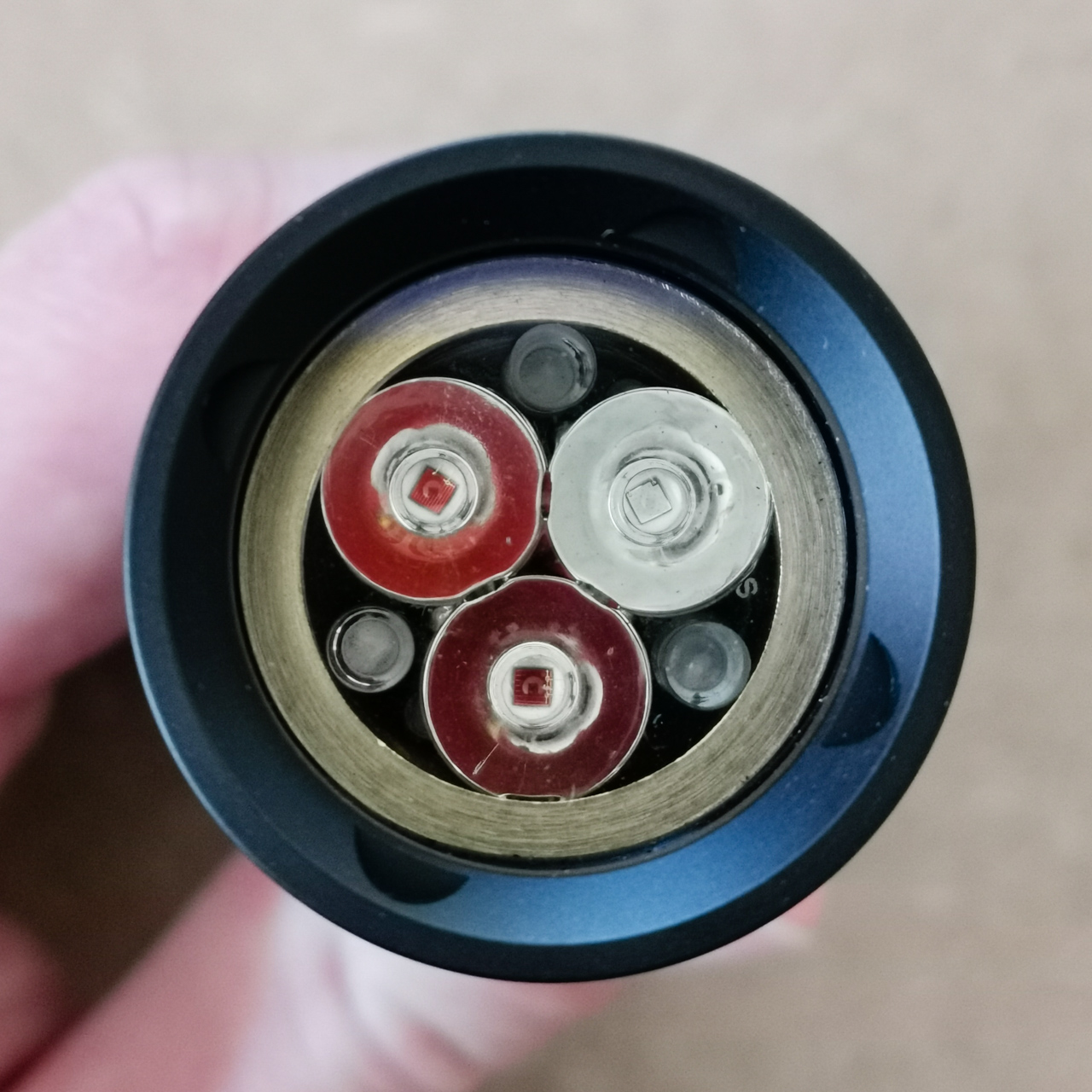
KDLITKER E6 Optics
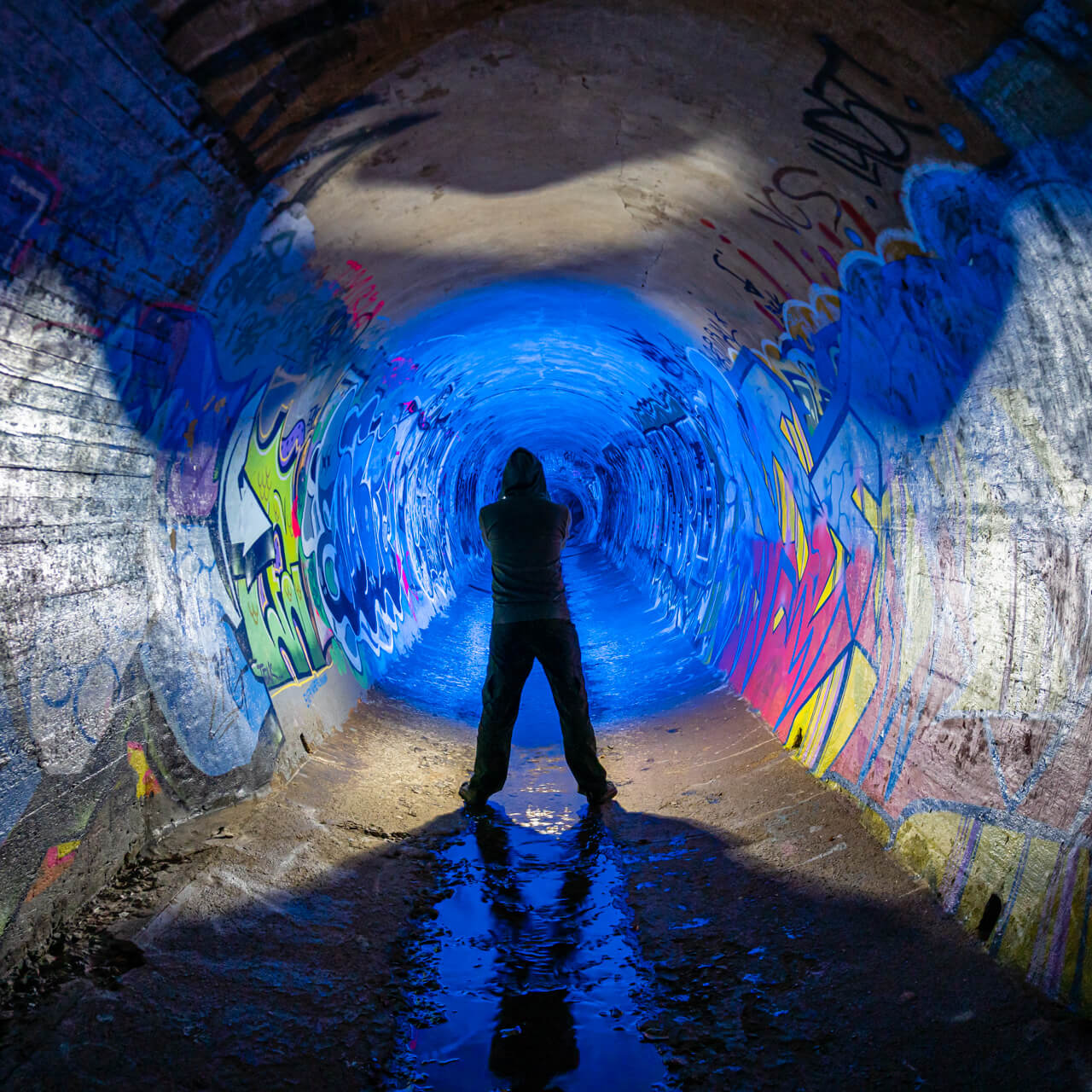
KDLITKER E6 Blue Light
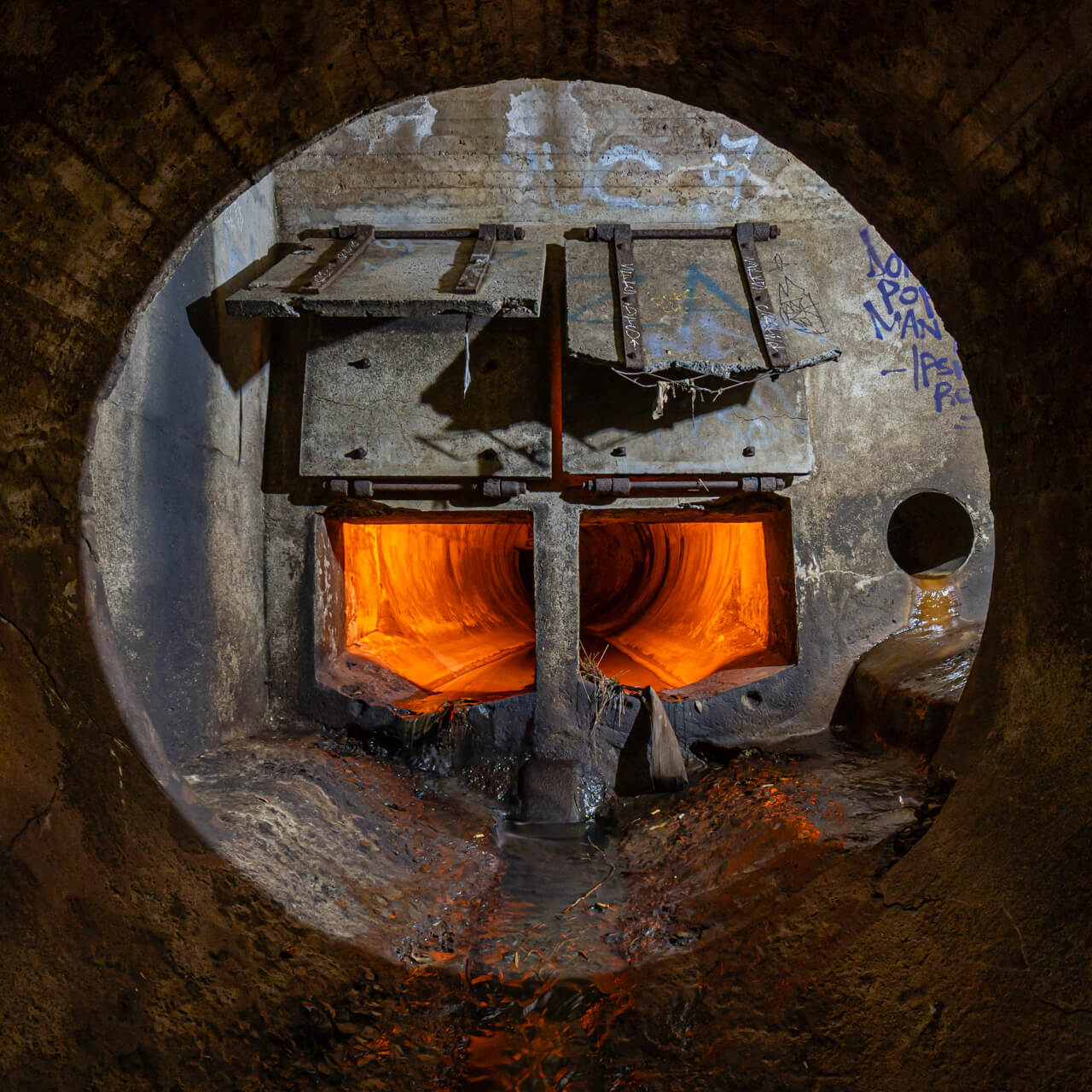
KDLITKER E6 Amber Light
Conclusion
Things I liked:
– Extremely good value for money.
– Great range of accessories included.
– Build to order colour options – including a “decent” blue.
– Mode memory.
– Accepts a wide range of 18650 batteries.
– No PWM detected.
– Compatible with Light Painting Brushes and Light Painting Paradise systems.
– Components can be mixed and matched with other P60/P6/D26 compatible flashlight hosts and drop-ins.
– Safety features including heat management, low voltage protection, and reverse polarity detection, and mechanical lock-out.
Things I didn’t like:
– No momentary functionality.
– No strobe mode (in reviewed P60 module).
– Some DIY required to optimise the beam.
The Kaidomain KDLITKER E6 is an excellent value for money light with 3 built to order colour options from red, blue, royal blue, green, amber, cool white, neutral white, and warm white. It has 50% more brightness than the RGBW Ledlenser P7QC, at only 25% of the price! I would recommend adding diffusion film to the lens to even out the hotspot if you intend to use the light for illumination purposes, and this lens can be easily removed for when connecting to tools. The KDLITKER E6 is quite a gem of a budget flashlight, I have since purchased a second one! As they are built to order, and shipped from China, delivery may take a few weeks, and any warranty may depend on your negotiation skills.
Before buying lights with coloured LEDs, you should consider as to whether a using a white light flashlight with colour filters may be a better option for your use case.
Reviewed E6 and P60 drop-in: http://kaidomain.com/Led-Flashlights/RGB-Flashlights/KDLITKER-E6-w-Triple-Cree-XP-E2-3V-9V-P60-Style-LED-Flashlight
Other E6 and colour P60 drop-in options:
http://kaidomain.com/Led-Flashlights/RGB-Flashlights
Other P60 drop-in options:
http://kaidomain.com/Flashlight-DIY-and-Tools/led-drop-in/KDLITKER-P6-LED-Drop-in
Check out my instagram if you are interested in which lights I use for each photo.










